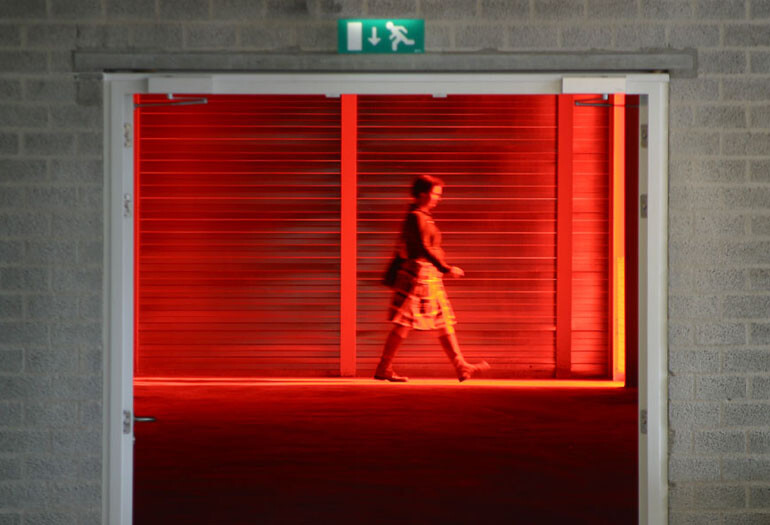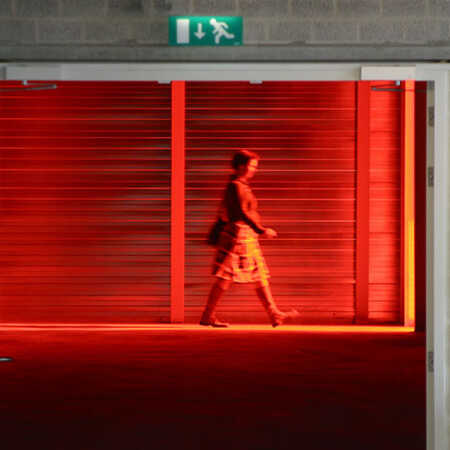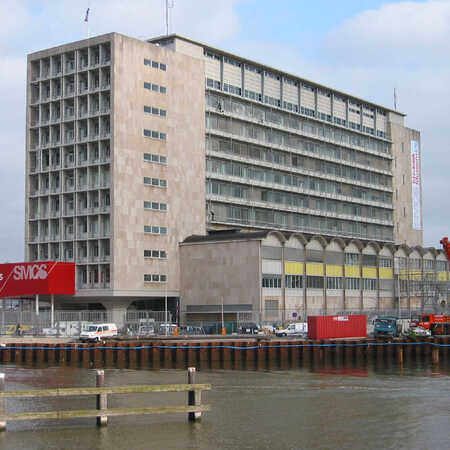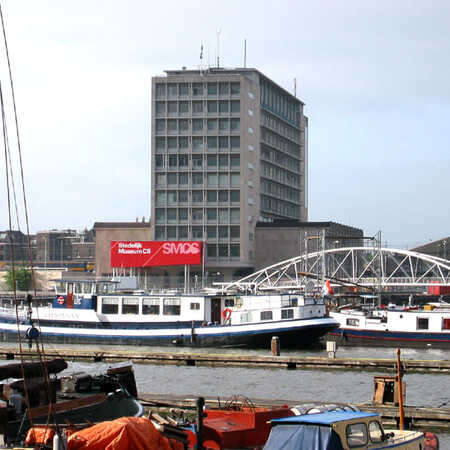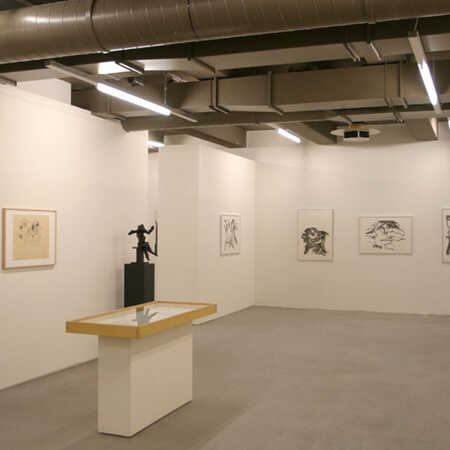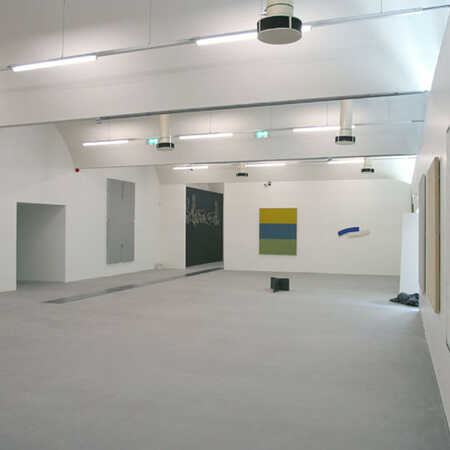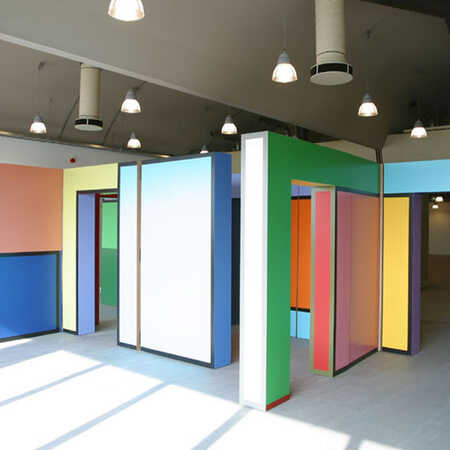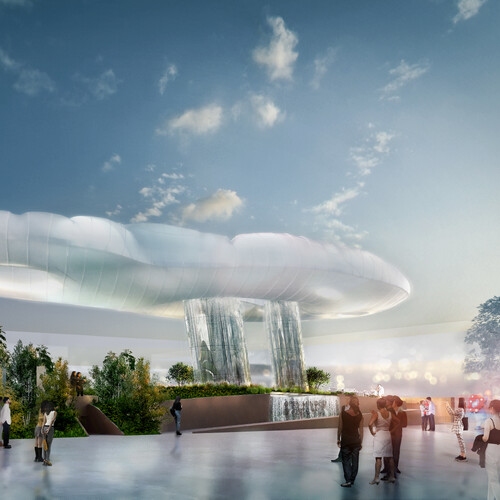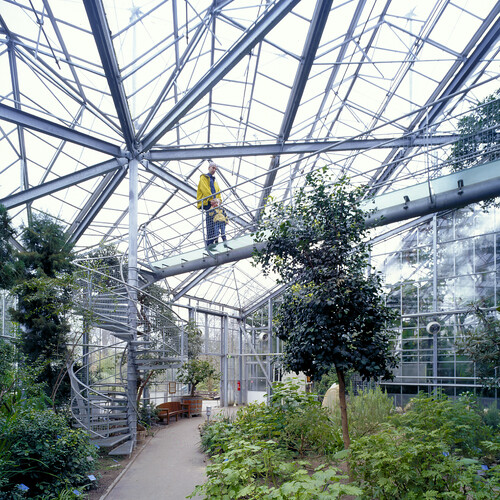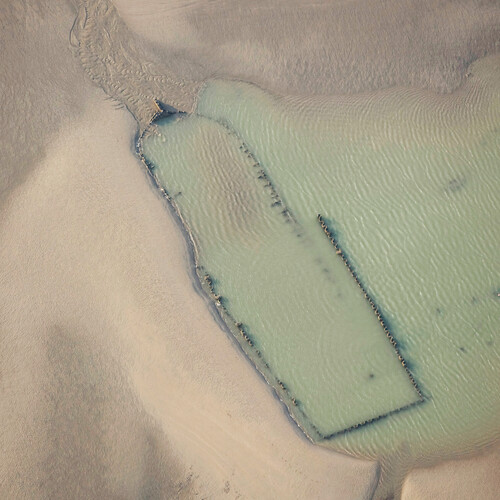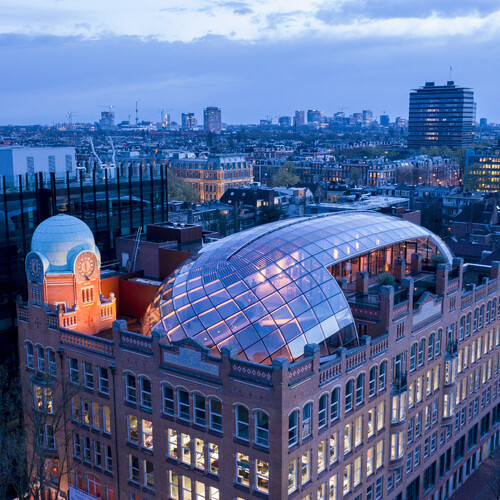"We immediately saw the unique opportunity for a temporary museum in this spot. Oosterdoks Island is a place of change, of renewal. At the beginning of the 21st century the Stedelijk Museum too is at the point of renewing itself. A dynamic place in the city like this presents the Museum with opportunities for challenging combinations and new meanings. It is a wonderful location for a meeting place.
At the outset there was really no programme of requirements; we put that together in the course of discussions and the design itself. There was no time and relatively little money. The Museum on the Paulus Potterstraat was closing on January 1, 2004, and the earlier the temporary museum would be open, the better. We had two months, November and December, for the designing, in January the contracts were let, and February 1 the contractor began with the renovations.
Furthermore, during the planning asbestos in the building was being removed, which meant that we could not have access to see the site. The contractors had to prepare their estimates on the basis of our drawings, because the floors were off limits. We put most of the relatively low budget into the museum; the entry areas had relatively less priority in the spending. A relatively larger amount that is characteristic of Elling's old postal station remains visible in these spaces."
